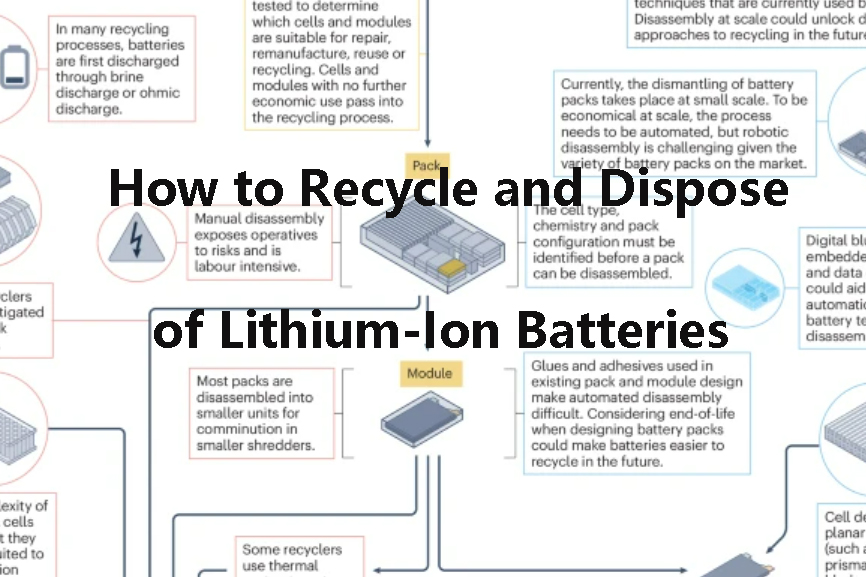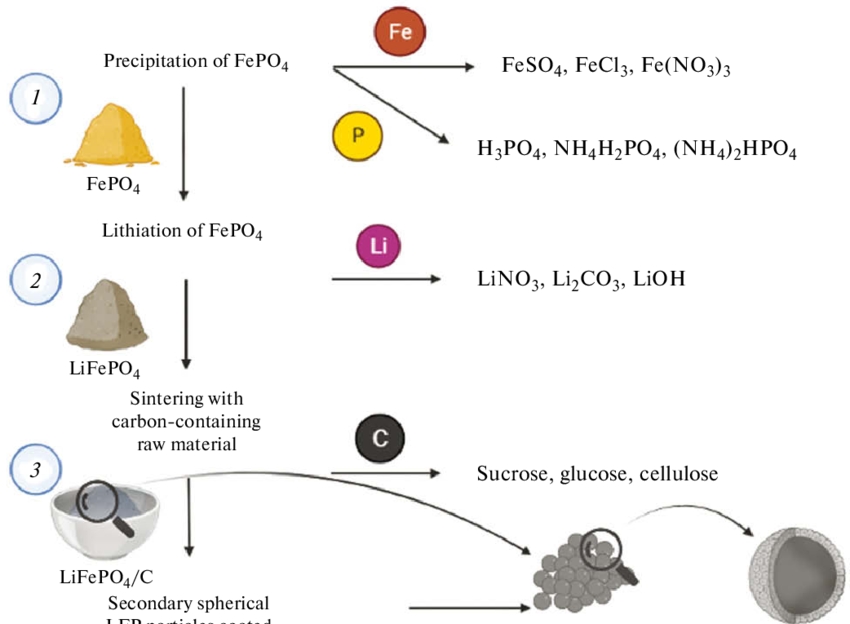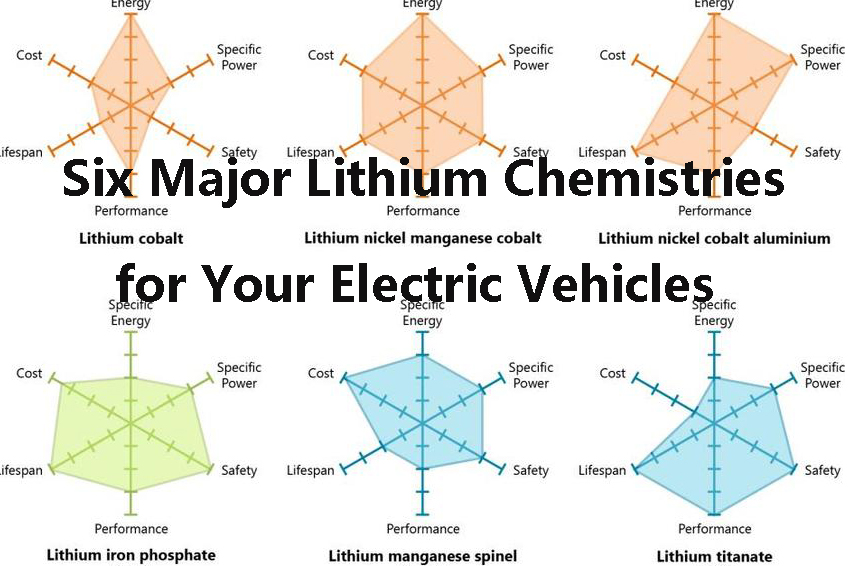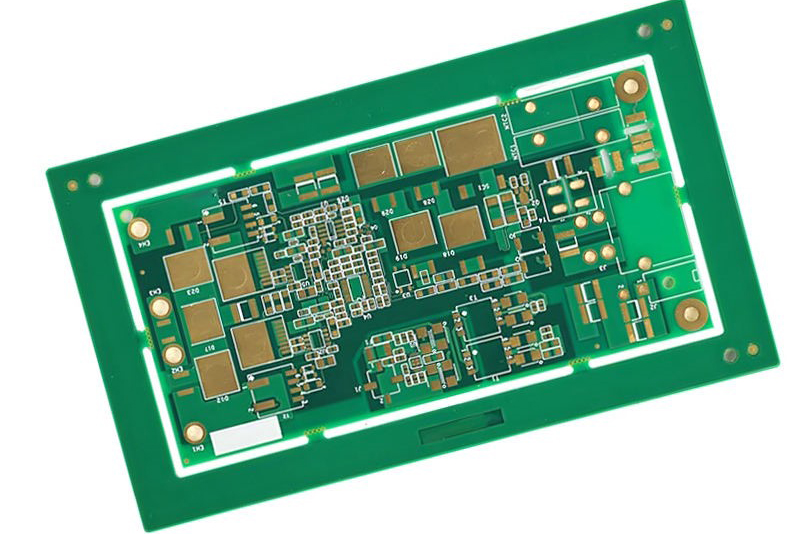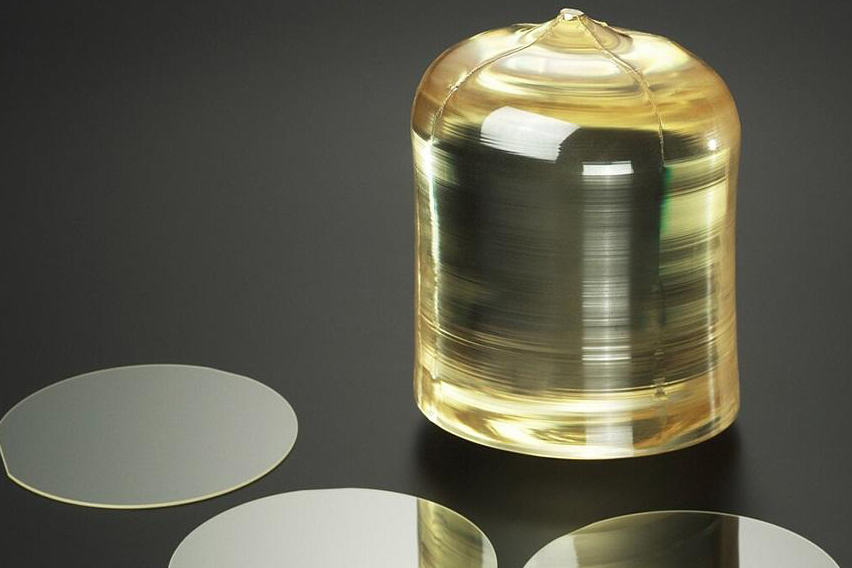
The Unsung Heroes: Insulation Materials
Let me share with you the quiet champions of the electrical world - insulation materials. While everyone fusses over conductors, these materials work tirelessly to keep electricity where it belongs. After decades in the field, I've come to appreciate these materials like old friends - each with their own personality and special talents.
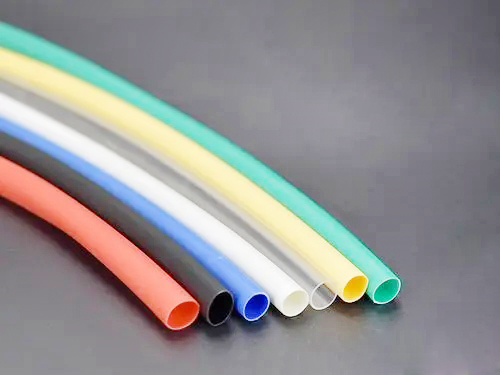
1. The Tough Old Birds: Inorganic Insulators
Now, if you want materials that can take a beating and keep on insulation, you can't beat the inorganic crew. These are the grizzled veterans of the insulation world - they've seen it all and aren't impressed.
Take glass, for instance. That clear stuff in your windows? It's also insulating high-voltage lines and protecting sensitive electronics. The secret's in its structure - a tangled web of silica-oxygen bonds that electrons just can't navigate. It's like trying to drive through downtown traffic at rush hour - nothing's getting through easily!
Ceramics are another favorite of mine. Alumina ceramics? They're the bodyguards of the electrical world. I've seen them shrug off temperatures that would make steel weep while still maintaining perfect insulation. We use them everywhere from spark plugs to high-voltage line insulators. Remember that massive transformer down by the old power plant? Those white ceramic insulators on top? Those have been working flawlessly since the Reagan administration!
Then there's mica - nature's gift to electrical engineers. This layered mineral splits into sheets thinner than paper but tougher than nails. I keep some in my toolbox - great for quick insulation fixes. In the old days, we'd use mica sheets to insulate electric motor windings. Today, it's still doing the same job, just in fancier equipment.
What makes these inorganic materials special? Three things:
1) They laugh at high temperatures (we're talking hundreds to thousands of degrees!)
2) They're tougher than a two-dollar steak
3) They don't care about chemicals - acids, bases, solvents - they shrug them off
2. The Versatile Performers: Polymer Insulators
Now let's talk about the plastics - the flexible friends of the insulation world. Where inorganic materials are rigid and tough, polymers bring flexibility and ease of use to the table.
PVC - that's your basic workhorse. It's everywhere - covering wires in your walls, insulating appliance cords, you name it. Reliable as an old pickup truck, but with one flaw - it doesn't like heat. Get it above 60°C and it starts getting soft, like butter left in the sun. But for everyday use? Can't beat it for cost and performance.
Now, polyimide - that's a different beast altogether. This is the stuff we use when things get serious. Aerospace? Check. High-temperature electronics? Check. This material scoffs at 250°C like it's a spring breeze. I remember working on a satellite project where polyimide insulation was the only thing that could handle the temperature swings in space. Tough stuff!
But the real superstar? PTFE. You might know it as Teflon. This stuff is slippery as a politician and just as resistant to outside influences. We're talking:
- Works from -200°C to 260°C (that's liquid nitrogen to frying pan temperatures!)
- Laughs at the strongest acids and bases
- Insulates like a dream, even at high frequencies
I've seen PTFE used in everything from chemical plant wiring to high-performance radar systems. Only downside? It's pricey - but you get what you pay for.
Why This Matters
Here's the thing most folks don't realize - without good insulators, we wouldn't have modern electronics. It's not just about stopping shocks (though that's important!). Good insulation:
- Prevents energy loss
- Protects sensitive components
- Allows miniaturization
- Enables high-voltage applications
I've seen entire projects fail because someone cheaped out on insulation. Remember - conductors get all the glory, but insulators do the real work of keeping everything safe and efficient.
So next time you flip a switch or charge your phone, take a moment to appreciate the invisible materials keeping everything working properly. After all, as we old-timers say: "Conductors make it possible, but insulators make it safe!" For more semiconductor materials, please check Stanford Electronics.

